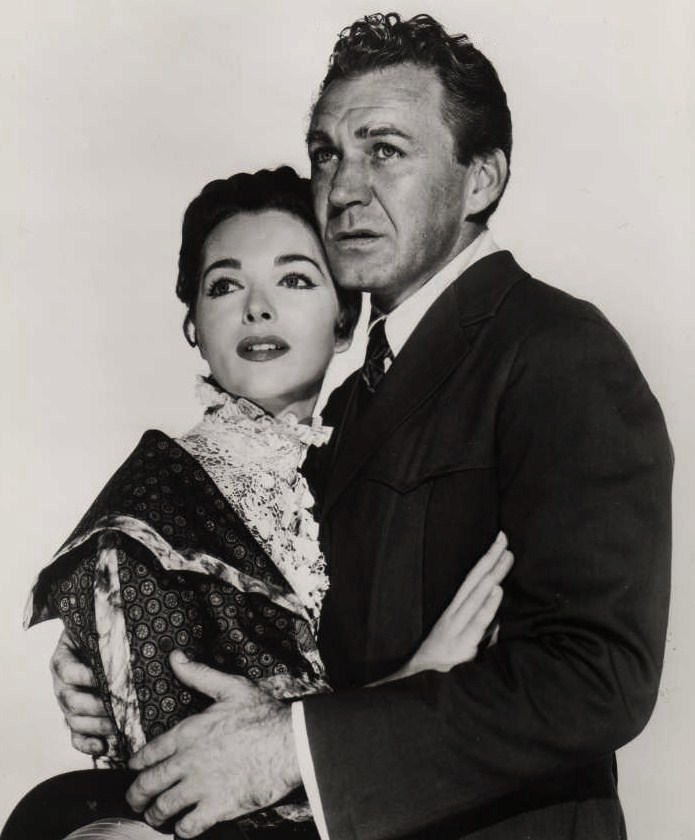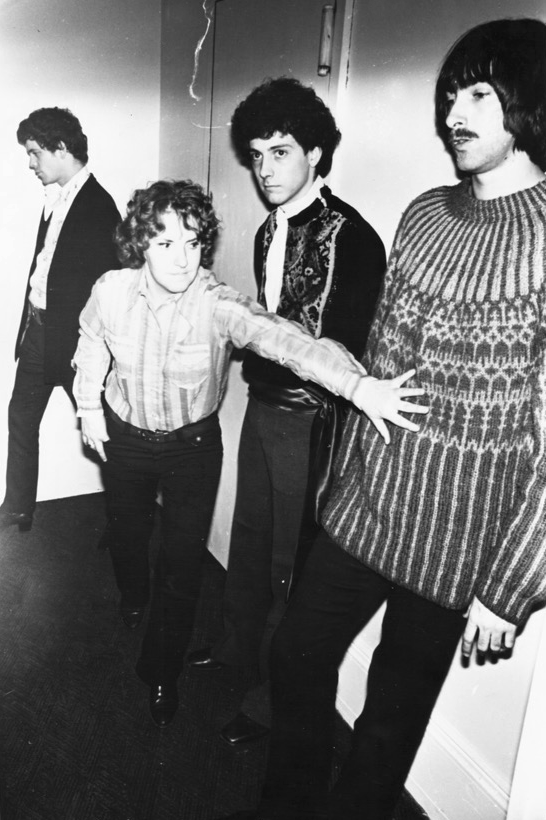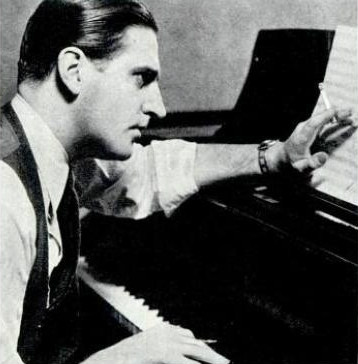|
Goodnight Ladies
"Goodnight, Ladies" is a folk song attributed to Edwin Pearce Christy, originally intended to be sung during a minstrel show. Drawing from an 1847 song by Christy entitled "Farewell, Ladies", the song as known today was first published on May 16, 1867. Lyrics VERSE I: Goodnight, ladies! Goodnight, ladies! Goodnight, ladies! We're going to leave you now. CHORUS: Merrily we roll along, roll along, roll along. Merrily we roll along, o'er the dark blue sea. VERSE II: Farewell, Ladies! Farewell, ladies! Farewell, ladies! We're going to leave you now. CHORUS VERSE III: Sweet dreams, ladies! Sweet dreams, ladies! Sweet dreams, ladies! We're going to leave you now. CHORUS Note: the "Merrily We Roll Along" chorus has the same melody as "Mary Had A Little Lamb". Notable uses Charles Ives quoted the song in '' A Symphony: New England Holidays'' (1897–1913): I. Washington's Birthday, towards the end of the movement. Meredith Willson features the piece as the tenth number in ''The ... [...More Info...] [...Related Items...] OR: [Wikipedia] [Google] [Baidu] |
38 Good-Night, Ladies '', 2001
{{Numberdis ...
38 may refer to: *38 (number) *38 BC *AD 38 *1938 *2038 Science * Strontium, an alkaline earth metal in the periodic table * 38 Leda, an asteroid in the asteroid belt Other uses *.38, a caliber of firearms and cartridges ** .38 Special, a revolver cartridge *'' Thirty-Eight: The Hurricane That Transformed New England'', a 2016 book by Stephen Long *"Thirty Eight", a song by Karma to Burn from the album ''Almost Heathen ''Almost Heathen'' is the third studio album by the stoner rock band Karma to Burn. It was released on September 4, 2001, by Spitfire Records. It was the last album released before their seven-year disbandment in 2002. The album was reissued in ... [...More Info...] [...Related Items...] OR: [Wikipedia] [Google] [Baidu] |
The Music Man
''The Music Man'' is a musical theatre, musical with book, music, and lyrics by Meredith Willson, based on a story by Willson and Franklin Lacey. The plot concerns a confidence trick, con man Harold Hill, who poses as a boys' band organizer and leader and sells band instruments and uniforms to naïve Midwestern United States, Midwestern townsfolk, promising to train the members of the new band. Harold is no musician, however, and plans to skip town without giving any music lessons. Prim librarian and piano teacher Marian sees through him, but when Harold helps her younger brother overcome his lisp and social awkwardness, Marian begins to fall in love with him. He risks being caught to win her heart. In 1957, the show became a hit on Broadway theatre, Broadway, winning five Tony Awards, including Best Musical, and running for 1,375 performances. The cast album won the first Grammy Award for Best Musical Theater Album and spent 245 weeks on the Billboard charts. The show's success ... [...More Info...] [...Related Items...] OR: [Wikipedia] [Google] [Baidu] |
Nice One Cyril
"Nice One Cyril" is a single by Cockerel Chorus written by Harold Spiro and Helen Clarke. The song title is a reference to Cyril Knowles, a left back who played for Tottenham Hotspur. It was released before the 1973 Football League Cup Final where Tottenham played Norwich City. It reached No. 14 on the UK Singles Chart, after Tottenham won, and its writers Spiro and Clarke received an Ivor Novello Award for Best Novel or Unusual Song in 1974. Origin In 1972, Wonderloaf Bread created a television advertising campaign written by Peter Mayle with the slogan "Nice one, Cyril", where the slogan was used to congratulate a baker named Cyril for baking a good loaf of bread. The slogan was picked by fans of the football club Tottenham Hotspur, who chanted "Nice one Cyril" to praise a Tottenham player named Cyril Knowles. Harold Spiro, a fan of the club, wrote the song with Helen Clarke based on the slogan. They also used the tune of the folk song " Farewell, Ladies" for the cho ... [...More Info...] [...Related Items...] OR: [Wikipedia] [Google] [Baidu] |
Merrily We Roll Along (song)
"Merrily We Roll Along" is a song written by Charlie Tobias, Murray Mencher, and Eddie Cantor in 1935, and used in the '' Merrie Melodies'' cartoon '' Billboard Frolics'' that same year. It is best known as the theme of Warner Bros.' ''Looney Tunes'' and ''Merrie Melodies'' cartoon series since 1936. The first two lines of Cantor's recording are: :Merrily we roll along, my honey and me :Verily there's no one half as happy as we In the 1970s, it was adopted by WGN as the theme music for '' The Ray Rayner Show'', which featured Warner Bros. cartoons. In 1995, it was used as the closing theme of '' The Sylvester & Tweety Mysteries''. From 1994–2003, it was used by Warner Bros. Television as part of their logo at the end of shows, in reference to the studio's production of ''Looney Tunes'' and ''Merrie Melodies'' shorts, it was arranged by David Kurtz. The song shares a title with the 1934 play '' Merrily We Roll Along'' by George S. Kaufman and Moss Hart, but is unrelated ... [...More Info...] [...Related Items...] OR: [Wikipedia] [Google] [Baidu] |
I've Been Working On The Railroad
"I've Been Working on the Railroad" is an American folk song. The first published version appeared as "Levee Song" in ''Carmina Princetonia'', a book of Princeton University songs published in 1894. The earliest known recording is by The Shannon Quartet, released by Victor Records in 1923. Music The melody of the opening line of "I've Been Working on the Railroad" may have been inspired by the very similar melody at the beginning of the cello solo, about one minute into Franz von Suppé's 1846 '' Poet and Peasant'' overture. Lyrics The verses that generally constitute the modern version of the song are: The 1894 version includes one verse very much like the modern song, though in Minstrel dialect, with an intro that is no longer sung and a very different second verse: The "Someone's in the Kitchen with Dinah" section, with its noticeably different melody, is actually an older song that has been absorbed by "I've Been Working on the Railroad". It was published as "Old J ... [...More Info...] [...Related Items...] OR: [Wikipedia] [Google] [Baidu] |
Lou Reed
Lewis Allan Reed (March 2, 1942October 27, 2013) was an American musician and songwriter. He was the guitarist, singer, and principal songwriter for the rock band the Velvet Underground and had a solo career that spanned five decades. Although not commercially successful during its existence, the Velvet Underground came to be regarded as one of the most influential bands in the history of underground music, underground and alternative rock music. Reed's distinctive deadpan voice, poetic and Transgressive art, transgressive lyrics, and experimental guitar playing were trademarks throughout his long career. Having played guitar and sung in doo-wop groups in high school, Reed studied poetry at Syracuse University under Delmore Schwartz, and served as a radio DJ, hosting a late-night avant-garde music program while at college. After graduating from Syracuse, he went to work for Pickwick Records in New York City, a low-budget record company that specialized in sound-alike recording ... [...More Info...] [...Related Items...] OR: [Wikipedia] [Google] [Baidu] |
101 Gang Songs
''101 Gang Songs'' is an LP recorded in December 1960 by Bing Crosby Harry Lillis "Bing" Crosby Jr. (May 3, 1903 – October 14, 1977) was an American singer, comedian, entertainer and actor. The first multimedia star, he was one of the most popular and influential musical artists of the 20th century worldwi ... for his own company, Project Records and distributed by Warner Bros. (W 2R-1401) and the RCA Victor Record Club in 1961 with lyric sheets to help the listener join in with the singing. Spread over two records, the album consists of 24 medleys of 101 old songs (hence the album's title) in a sing-along format. ("Gang" is meant in the sense of a group of friends, not a street gang or work gang.) Bing Crosby sings on most of the tracks. Those that aren't are marked with an asterisk. The chorus and orchestra accompaniment, arranged and conducted by Jack Halloran, was pre-recorded with Crosby over-dubbing his vocals. This original double LP was released as two separ ... [...More Info...] [...Related Items...] OR: [Wikipedia] [Google] [Baidu] |
Bing Crosby
Harry Lillis "Bing" Crosby Jr. (May 3, 1903 – October 14, 1977) was an American singer, comedian, entertainer and actor. The first multimedia star, he was one of the most popular and influential musical artists of the 20th century worldwide. Crosby was a leader in record sales, network radio ratings, and motion picture grosses from 1926 to 1977. He was one of the first global cultural icons. Crosby made over 70 feature films and recorded more than 1,600 songs. Crosby's early career coincided with recording innovations that allowed him to develop an intimate singing style that influenced many male singers who followed, such as Frank Sinatra, Perry Como, Dean Martin, Dick Haymes, Elvis Presley, and John Lennon. Yank, the Army Weekly, ''Yank'' magazine said that Crosby was "the person who had done the most for the morale of overseas servicemen" during World War II. In 1948, American polls declared him the "most admired man alive", ahead of Jackie Robinson and Pope Pius XII. I ... [...More Info...] [...Related Items...] OR: [Wikipedia] [Google] [Baidu] |
Meredith Willson
Robert Reiniger Meredith Willson (May 18, 1902 – June 15, 1984) was an American flautist, composer, conductor, musical arranger, bandleader, playwright, and writer. He is perhaps best known for writing the book, music, and lyrics for the 1957 hit Broadway musical ''The Music Man'' and "It's Beginning to Look a Lot Like Christmas" (1951). Willson wrote three other musicals, two of which appeared on Broadway, and composed symphonies and popular songs. He was twice nominated for Academy Awards for film scores. Early life Willson was born in Mason City, Iowa, to Rosalie Reiniger Willson and John David Willson. He had a brother two years his senior, John Cedrick, and a sister 12 years his senior, children's writer Dixie Willson. Willson attended Frank Damrosch's Institute of Musical Art (which later became The Juilliard School) in New York City. He married his high-school sweetheart, Elizabeth "Peggy" Wilson, on August 29, 1920; they were married for 26 years. ... [...More Info...] [...Related Items...] OR: [Wikipedia] [Google] [Baidu] |
Folk Song
Folk music is a music genre that includes #Traditional folk music, traditional folk music and the Contemporary folk music, contemporary genre that evolved from the former during the 20th-century folk revival. Some types of folk music may be called world music. Traditional folk music has been defined in several ways: as music transmitted orally, music with unknown composers, music that is played on traditional instruments, music about cultural or national identity, music that changes between generations (folk process), music associated with a people's folklore, or music performed by Convention (norm), custom over a long period of time. It has been contrasted with popular music, commercial and art music, classical styles. The term originated in the 19th century, but folk music extends beyond that. Starting in the mid-20th century, a new form of popular folk music evolved from traditional folk music. This process and period is called the (second) folk revival and reached a zenith ... [...More Info...] [...Related Items...] OR: [Wikipedia] [Google] [Baidu] |
New England Holidays
''A Symphony: New England Holidays'', also known as ''A New England Holiday Symphony'' or simply a ''Holiday Symphony'', is a composition for orchestra written by Charles Ives. It took Ives from 1897 to 1913 to complete all four movements. The four movements in order are: The movements coincide with each season; winter, spring, summer, and fall, respectively. While together these pieces are called a symphony, they may be played individually and thought of as separate works. As Ives dictates in his ''Memos'': ''Holiday Symphony'' exemplifies Ives's varied, unique use of dissonance that gave his works a more dynamic range of emotion. "Each ovementexpresses its particular scene and feeling ... singthe mingling of stylistic voices, the meta-style, that had become second nature to Ives. They all contain the shared pattern of splicing introverted slow music and extroverted fast music." Introduction and history Charles Ives got the idea to write a holiday symphony during ... [...More Info...] [...Related Items...] OR: [Wikipedia] [Google] [Baidu] |





